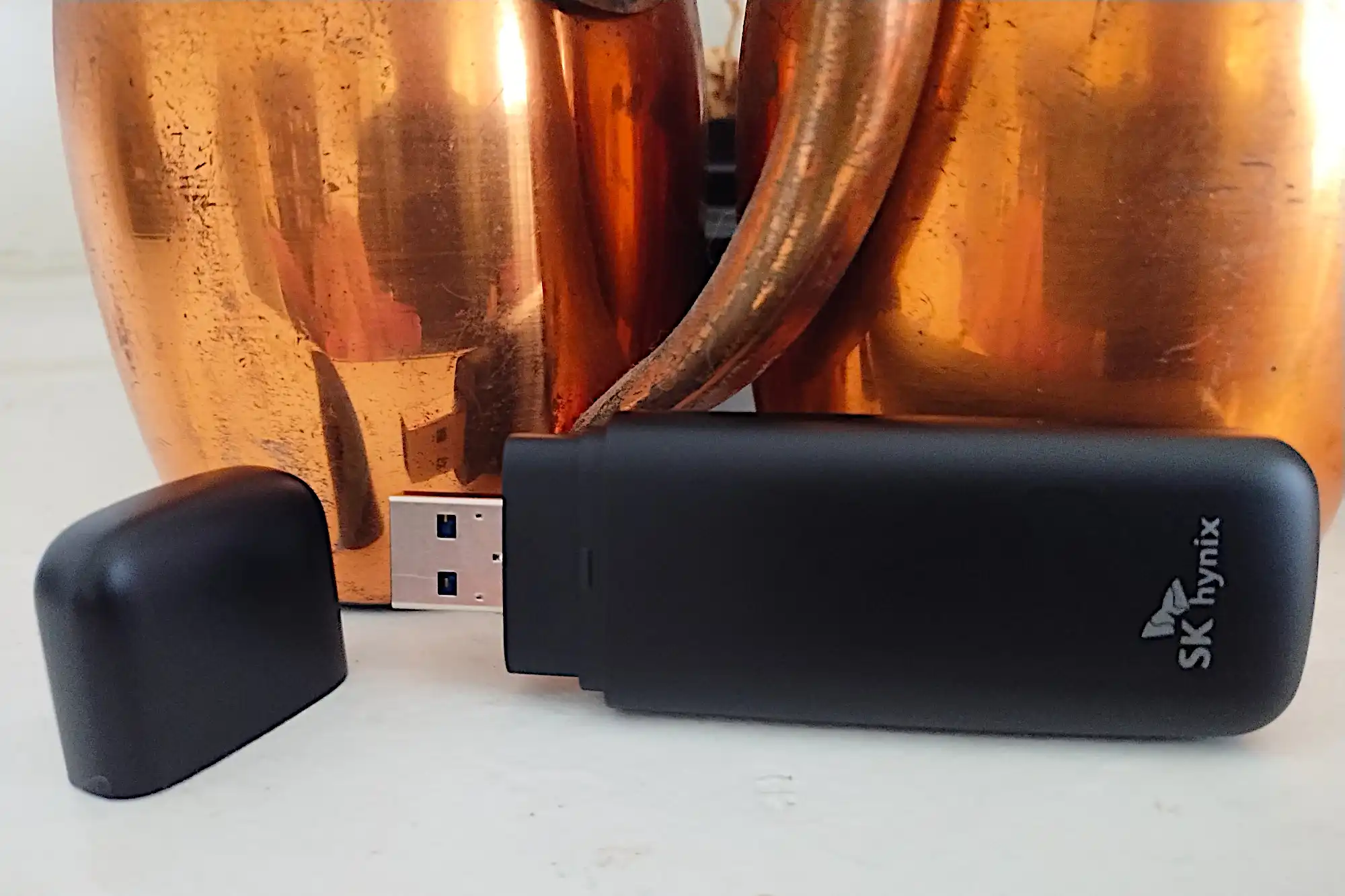Henry Johnston wants a PC with the advantages of both a desktop and a laptop. But he can’t afford to buy two computers.
There’s no way to get all of the advantages of a desktop and laptop without buying two computers. You simply can’t slide next year’s most powerful graphics card into a PC that could count as carry-on luggage. Laptops are generally less powerful than similarly priced desktops, and always less upgradable.
But if you’re willing to make a few compromises, you get something close to your needs and desires.
One solution—and the one I use—is a laptop with a docking station. Typically, when you plug the laptop into one of these devices, you get multiple USB ports (some 3.0), one or more video connections, audio input and output, and ethernet (not available on all laptops these days).
In other words, by plugging in one cable, you get a full-sized keyboard, a mouse, a large monitor, speakers, a second hard drive (I strongly recommend USB 3.0 for this), an optical drive, a connection to your printer, and a wired network connection.
These days, you can find universal docking stations that will work with any laptop that has a USB 3.0 port. If you’re looking for a bargain, I recommend the Plugable UD-3900. It comes with four USB 2.0 ports, two USB 3.0 ports, HDMI and DVI, an included DVI-VGA adapter, ethernet, and in and out audio ports. It sells for about $100.
Some laptops have their own docking stations, taking away the need for a universal one. For instance, when I bought my main PC—a Lenovo X220—I paid extra to get a docking station specific to that model.



